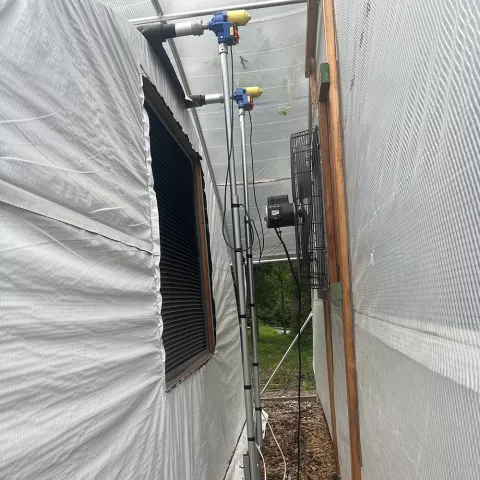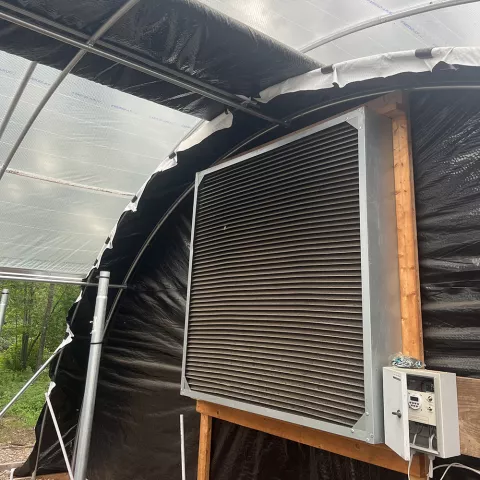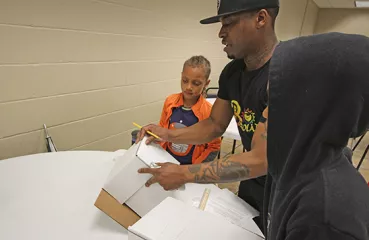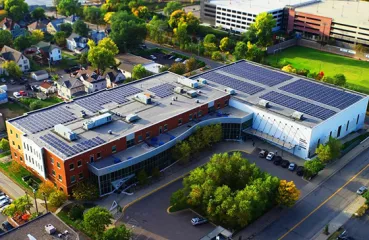“In 1920 there were 1 million Black farmers. Today we have lost 98% of this vital population, creating a crisis in agriculture that spans industries and communities across the country, and impacting every part of our food system.”
We encourage reuse and republishing of this story. All Clean Energy Resource Teams stories are made available under the Creative Commons Attribution license, meaning you can share and adapt the work as long as you give us credit. We'd also love it if you link back to the original piece. Have questions or want to chat? Drop us a line.

 Based in Sandstone, Minnesota, 40 Acre Cooperative is using solar power as a cost-saving strategy to extend the growing season in its northern climate.
Based in Sandstone, Minnesota, 40 Acre Cooperative is using solar power as a cost-saving strategy to extend the growing season in its northern climate. Their advice for other farmers includes:
Their advice for other farmers includes:

